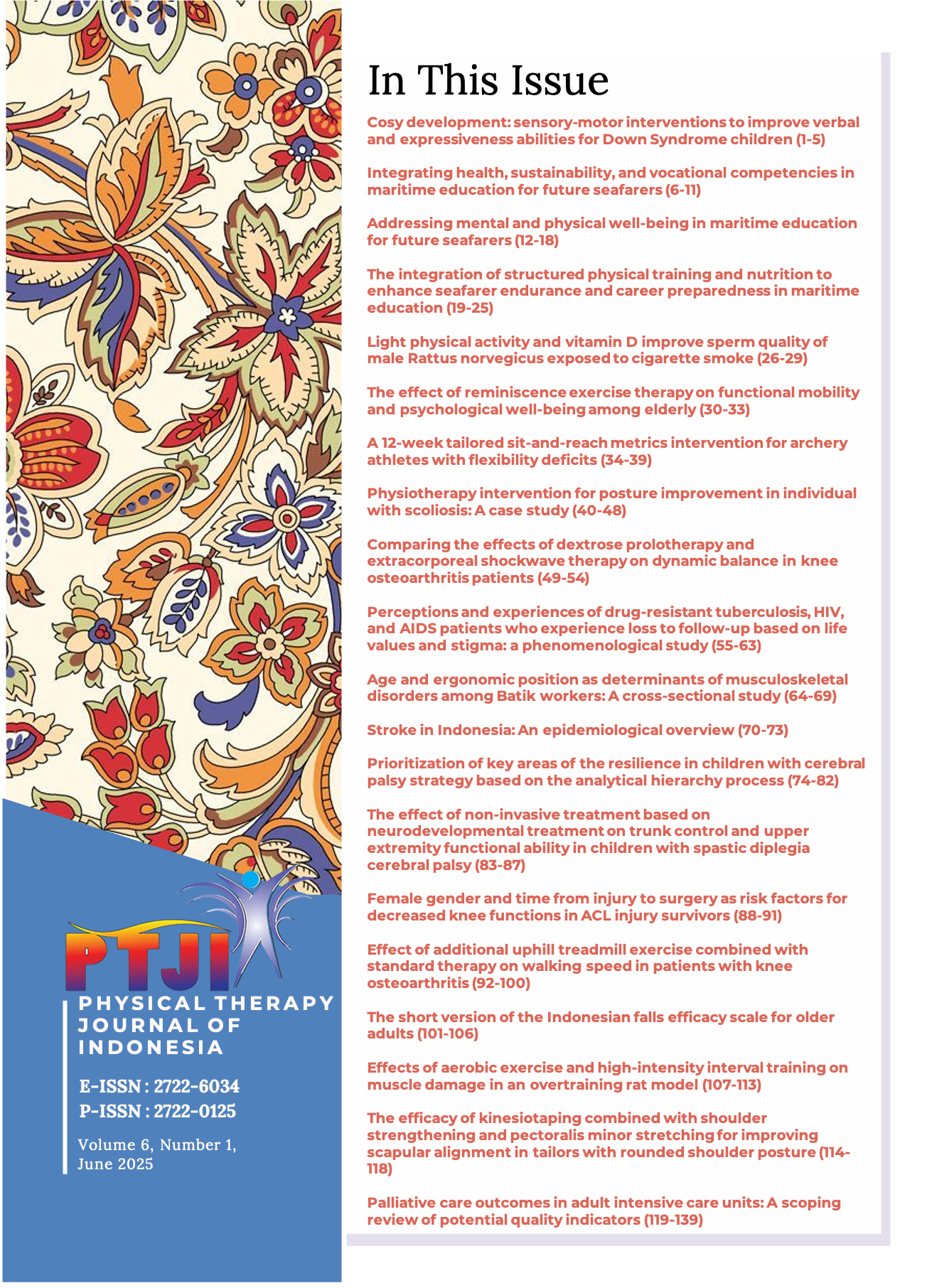Stroke in Indonesia: An epidemiological overview
Abstract
Introduction: Stroke is a major cause of illness and death in Indonesia. Understanding its risk factors is essential for effective prevention. This study aimed to identify risk factors associated with stroke incidence in Indonesia.
Methods: This study utilized a literature review approach and analyzed data from national health surveys from year of 2007, 2013, and 2018 and data from Indonesian health profile from year of 2023. The stroke risk factors and sociodemographic variables were examined descriptively to identify regional trends and urban-rural disparities. Additionally, bivariate analysis was conducted using Chi-square test to assess relationships between stroke incidence and various risk factors.
Results: Stroke cases increased from 2007 to 2018 but decreased in 2023. In contrast, diabetes mellitus prevalence increased in 2023, suggesting no direct correlation with the observed decrease in stroke cases (p-value > 0.050).
Conclusion: The findings underscore the necessity of targeted public health interventions to decrease stroke incidence in Indonesia through early detection, lifestyle modifications, and enhanced awareness at both individual and community levels. The outcomes of this review offered a basis for subsequent public health research and strategies focused on decreasing the incidence of stroke in Indonesia.







3.gif)

